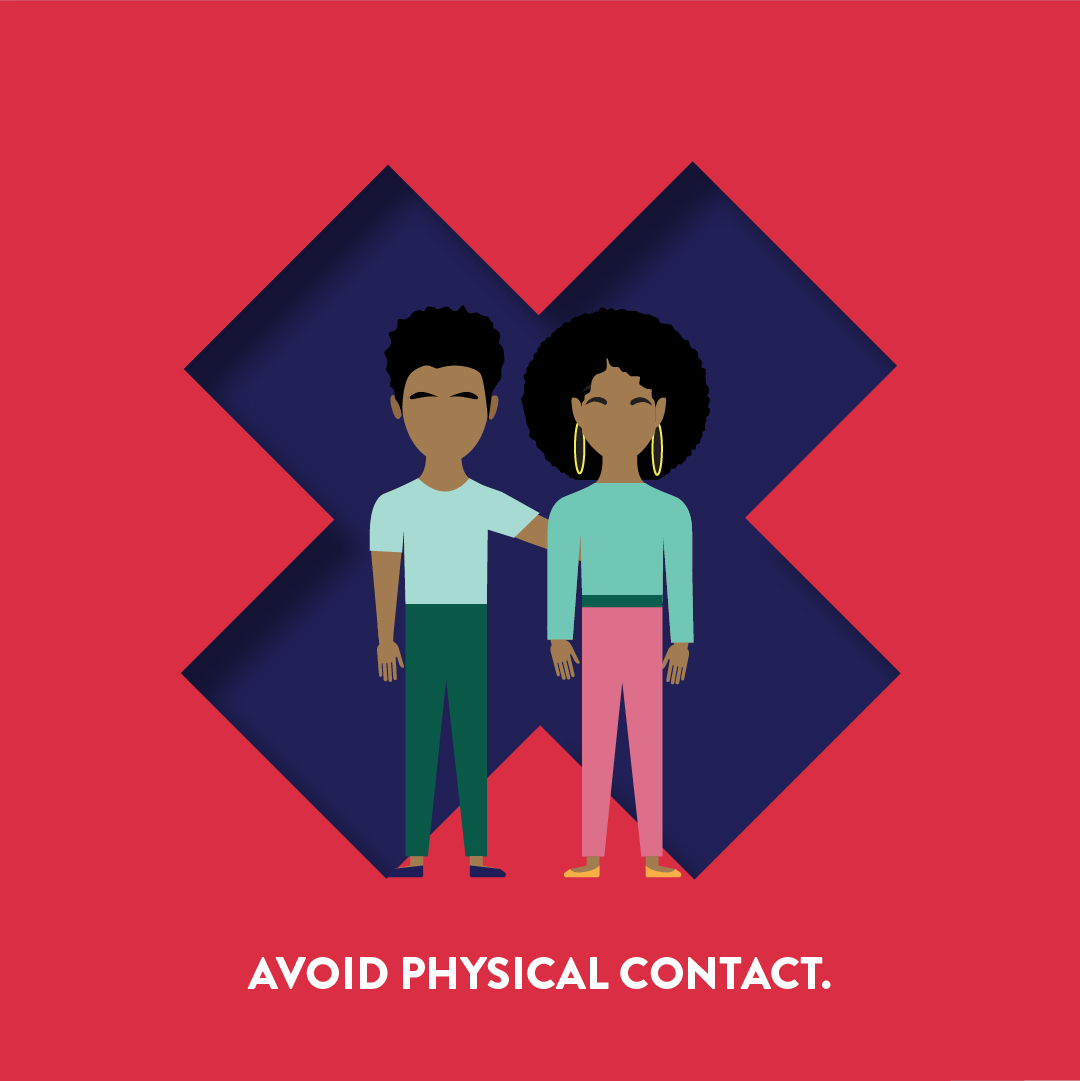
To date, COVID-19 has killed nearly 2.2 million people and sickened more than 103 million. A year later, amidst a global surge of new cases, it’s no surprise that people are finding it challenging to adhere to public health guidelines. COVID-19 fatigue is ravaging communities, with many people growing tired and weary of following safety measures- ultimately leading to increased cases and infections.
A renewal of public communication messaging, including on the importance of masking, and avoiding crowds and confined spaces can help educate, inform and remind people of the dangers of COVID-19 and the need for continuing harm reduction behaviors that will limit the spread of the disease. Understanding the importance of risk communication in COVID-19 response, Vital Strategies and its Resolve to Save initiative created the “Live COVID-19 Safe” campaign to inspire people to make behavioral changes for the protection of themselves and their communities. Through empathetic and instructional messaging, “Live COVID-19 Safe” emphasizes that while pandemic fatigue is present, adhering to public health measures is critical to protecting people, saving lives and ensuring the safety and wellbeing of all.
Communicating risk in Africa has been particularly challenging due to COVID fatigue and other factors, causing people to relax risk-reducing behaviors. In August 2020, data published by the Partnership for Evidence-Based Response to COVID-19 (PERC), found that 85% of respondents had not worn a mask in the last week.
The pandemic is far from over, and it’s necessary for people to remain vigilant and for health professionals and government leaders to provide renewed guidance to the public and encourage COVID-safe ways of living.
Our Live COVID-19 Safe campaign focused on 5 African countries (Ethiopia, Ghana, Kenya, Senegal, and Uganda), and three social media platforms, Facebook, Twitter and LinkedIn to strategically gain reach and spread awareness of the campaign and its materials. Campaign assets were open-source and included posters, radio scripts and social media graphics that were downloadable and adaptable to different countries. Materials were available in four languages, English, Kiswahili, Portuguese and Senegalese. Through its adaptability, the campaign hoped to encourage countries beyond selected countries to distribute materials to their government and health departments and implement communication messaging to reach the most people.
In each country, two key audiences were selected: first, people working in the local and national government, policy development, non-government organizations, education and the medical field. The second audience selected were individuals with interests in topics like parenting, elder care, wellness and disease prevention.
Based on the campaign's objective, creative messaging was separated into three campaigns, to inform, engage and empower individuals and communities on COVID-19 safety measures and lead them to the campaign website to share and download assets.
While language concerning safety measures can be challenging to understand, the Live COVID-19 Safe campaign messaging was instructional, uncomplicated and empathetic. Characters portrayed in the campaign were culturally appropriate and created to reflect the people where the animations and imagery would be shared. Social media graphics were colorful and eye-catching. For five weeks the campaign ran on Facebook, Twitter and LinkedIn targeting audiences to generate the largest reach possible. To further increase reach and awareness, an op-ed authored by Steve Hamill, Vice President of Policy, Advocacy and Communication at Vital Strategies and Dr. DaCosta Aboagye, Director of Health Promotion at Ghana Health Service was published to promote the campaign.
Overall the campaign delivered excellent results and achieved its objectives of informing and educating people on the risks of COVID-19. Through leveraging the unique capabilities of each social media platform in selected countries, the campaign spread awareness of the Live COVID-19 Safe campaign and directed a large number of users to the campaign website and the downloadable toolkit and resources. Several governments also implemented the communication messaging in their countries with ease and speed, helping inform and protect lives by generating the largest impact on the greatest number of people.
As the global emergency continues for the foreseeable future, credible, evidence-based public communication is critical. Now is not the time to give up, nor should public opinion on public health measures fray. Empathetic reminders that inform and educate people on the persistent threat of COVID-19 can empower individuals and communities leading to increased adherence, lower cases and rates of infection, stronger public health systems and the health and wellbeing of all.






